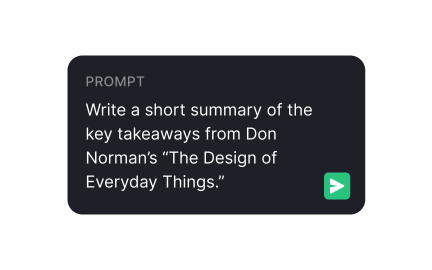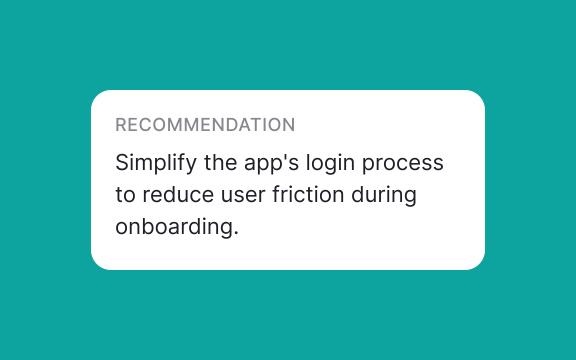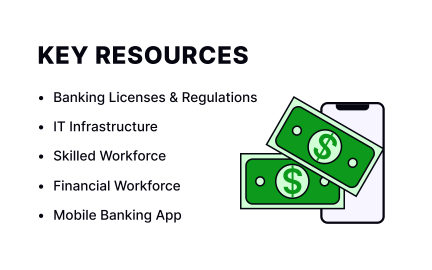Requirements Analysis
Requirements analysis defines what a product or feature needs to do, helping teams translate goals into clear scope, constraints, and actions.
What is Requirements Analysis?
Your development team builds features based on vague specifications and unclear objectives, leading to products that don't meet stakeholder expectations or user needs despite significant development effort.
Most teams start development with incomplete understanding of what needs to be built, missing opportunities to clarify requirements systematically before expensive development work begins on wrong solutions.
Requirements analysis is the systematic process of identifying, documenting, and validating what products or features must accomplish to meet stakeholder needs and business objectives through structured investigation that clarifies expectations before development begins.
Teams using thorough requirements analysis achieve 60% fewer requirement changes during development, 40% faster development cycles, and significantly higher stakeholder satisfaction because development work addresses actual needs rather than assumed requirements.
Think about how aerospace companies conduct extensive requirements analysis before building aircraft systems to ensure safety and functionality requirements are met, or how enterprise software companies analyze business requirements to build solutions that serve actual workflow needs.
Why Requirements Analysis Matters for Development Success
Your development projects suffer from scope creep, stakeholder dissatisfaction, and expensive rework because teams build solutions based on incomplete or misunderstood requirements that don't match stakeholder expectations or user needs.
The cost of inadequate requirements analysis compounds throughout development cycles. You build wrong features, discover requirement gaps late when changes are expensive, and deliver products that don't solve the problems stakeholders actually need addressed.
What systematic requirements analysis delivers:
Clearer development direction because thorough analysis creates shared understanding of what needs to be built and why, reducing miscommunication and conflicting expectations during development.
When requirements are well-defined, development teams can focus on building solutions rather than figuring out what stakeholders actually want.
Reduced scope creep and changes through comprehensive upfront analysis that identifies requirements completely rather than discovering additional needs throughout development that require expensive modifications.
Higher stakeholder satisfaction because delivered products meet expectations that were clearly defined and validated before development rather than hoping final products will satisfy unclear requirements.
Faster development cycles as clear requirements enable efficient development planning and reduce rework caused by requirement misunderstandings or changes.
Better resource planning through understanding of requirement complexity and scope that enables accurate timeline and budget estimation for development projects.
Advanced Requirements Analysis Strategies
Once you've established basic requirements analysis capabilities, implement sophisticated requirement gathering and management approaches.
Agile Requirements Evolution: Develop requirements analysis processes that work with agile development methodologies, enabling requirement refinement while maintaining development momentum.
User Story and Acceptance Criteria Development: Convert requirements into user stories and testable acceptance criteria that guide development and enable validation of completed features.
Requirements Traceability and Impact Analysis: Create systems for tracking how requirements connect to features and understanding impacts of requirement changes on development scope and timeline.
Stakeholder Requirement Prioritization: Use systematic approaches to prioritize requirements based on business value, technical feasibility, and stakeholder importance rather than trying to implement all requirements equally.
Recommended resources
Courses

Product Discovery

KPIs & OKRs for Products

Introduction to Design Audits
Lessons

AI Limitations in User Research

Assumption Testing







